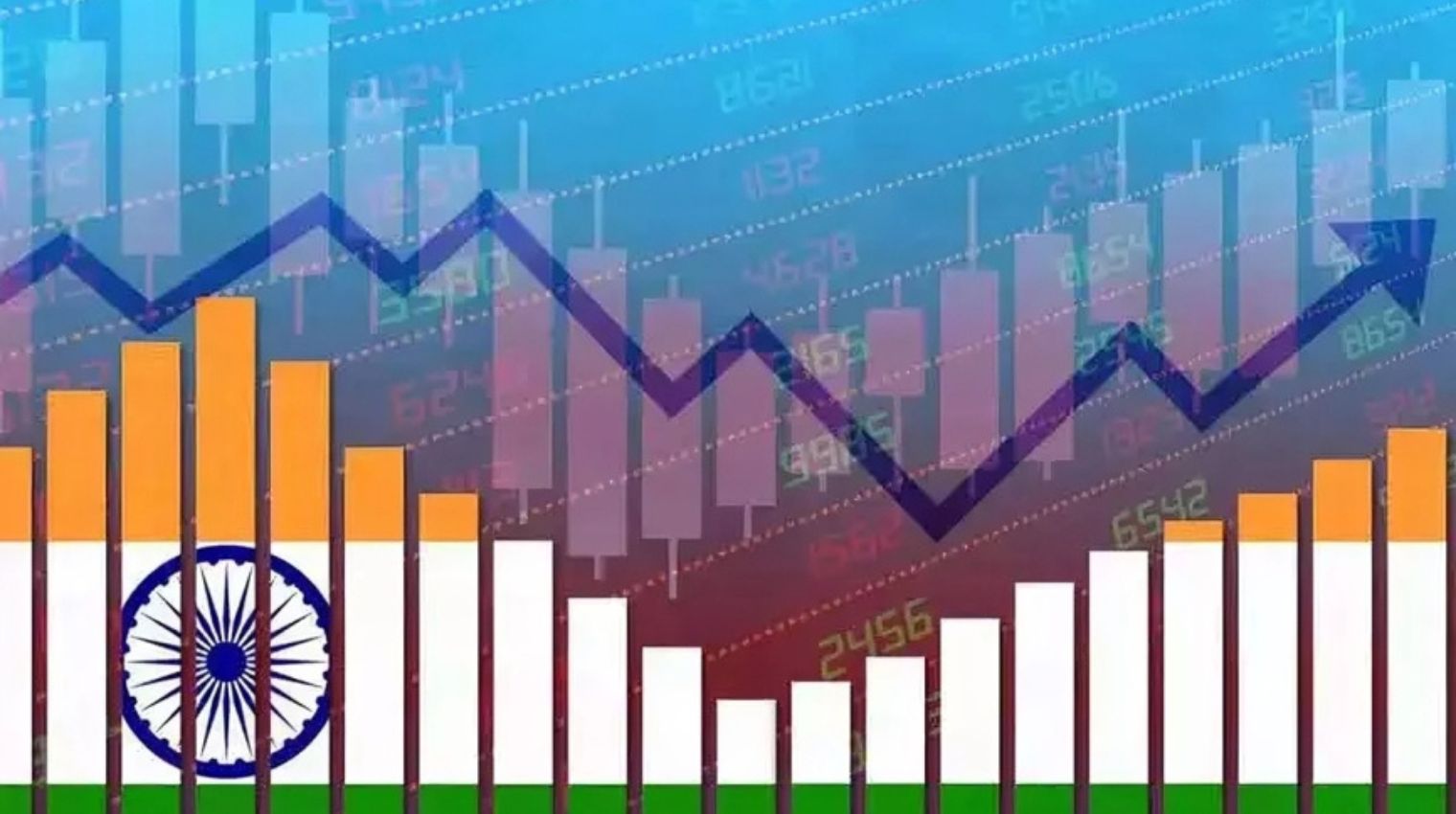According to a recent assessment, the Indian economy is projected to attain a growth rate of 7% in the fiscal year 2025. This follows a consistent pattern of growth at or above 7% in the preceding years. Despite uncertainties in the global economy, the resilient domestic demand has played a crucial role in driving this growth. The assessment further indicates that India has the potential to emerge as a $7 trillion economy by the year 2030.
The Indian economy is projected to attain a growth rate of 7% in the fiscal year 2025, following a growth of 7% or higher in 2023-24. This growth is attributed to the resilient domestic demand, despite the risks and uncertainties in the global economic landscape. A recent review of the economy, released on Monday, also highlighted that India has the potential to become a $7 trillion economy within the next six to seven years, by 2030. This achievement would mark a significant milestone in the pursuit of delivering a quality of life and standard of living that surpasses the aspirations of the Indian people.
In accordance with the insights provided by V Anantha Nageswaran, who serves as the chief economic advisor in the finance ministry, a positive prognosis for the fiscal year 2025 suggests a noteworthy trend for the Indian economy. If this projection holds true, it would mark the fourth consecutive year post-pandemic in which India has achieved a growth rate of 7% or higher, showcasing the remarkable resilience and potential inherent in the nation’s economic landscape. The National Statistical Office (NSO) anticipates a growth rate of 7.3% for the fiscal year 2023-24, while the Reserve Bank of India (RBI) has projected a 7% growth rate for the current fiscal year.
An analysis of the economic trajectory emphasizes the pivotal role played by robust domestic demand in propelling the growth rate to 7% or above over the last three years. This strength in domestic demand, particularly evident in private consumption and investment, is attributed to the strategic reforms and measures implemented by the government over the past decade.
The review further posits that there are compelling indications suggesting an elongation and fortification of India’s economic and financial cycles. This augurs well for the nation, positioning it for sustained and rapid growth in the forthcoming years.
Despite the optimistic outlook, the review underscores four potential risks. These include the escalating geo-economic fragmentation and the deceleration of hyper-globalization, leading to increased friend-shoring and onshoring. These trends are already exerting an impact on global trade, subsequently influencing global economic growth.
Moreover, the review recognizes the nuanced trade-offs involved in balancing energy security and economic growth against the backdrop of energy transition. This intricate issue spans various dimensions, encompassing geopolitical, technological, fiscal, economic, and social factors. The policy decisions taken by individual countries in this regard may have far-reaching consequences on other economies.

